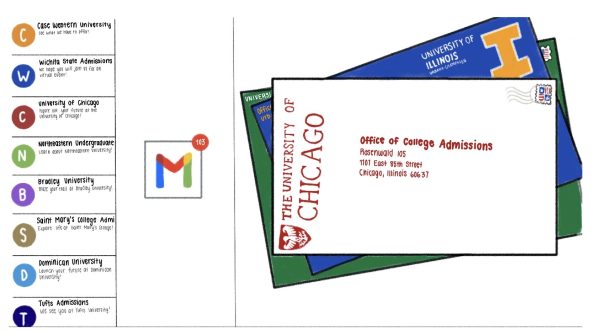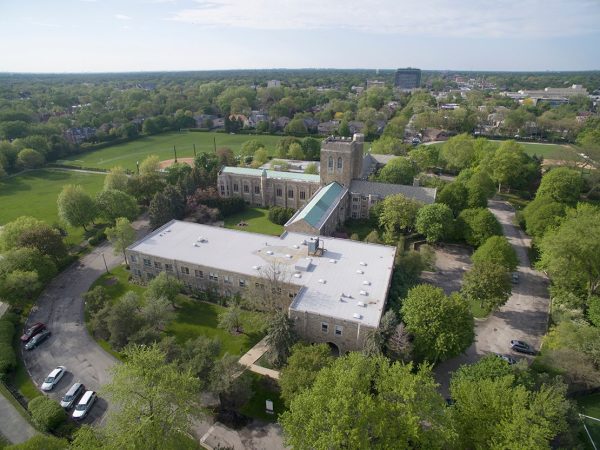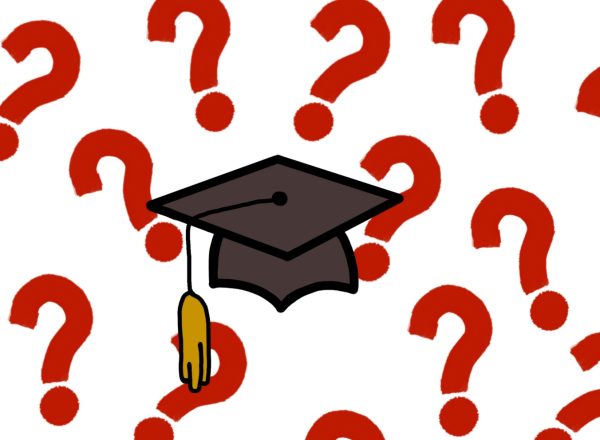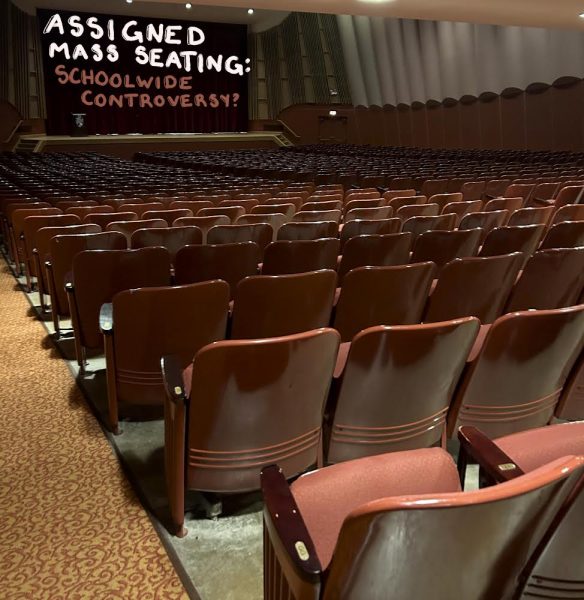Opinions Guiding the Classroom
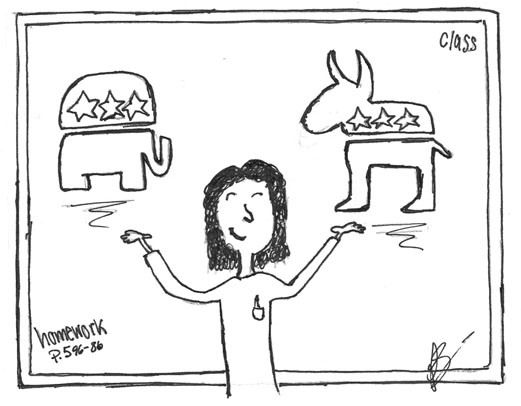
The current era’s focus on inclusion, equality, and the influence of bias raises an intriguing question: how do teachers’ opinions change the way and the material they teach? As recent events in the media have demonstrated, it is critical that people develop their own personal views on topics through the careful consideration of various sources with minimal bias. In school, students trust that their teachers are teaching them the “right” lessons and unbiased facts, but is this necessarily true?
The reality is, even in education it is impossible to completely eliminate bias. A.P. U.S. Government teacher Ms. Logas explains, “bias is complicit in human beings.” Anyone claiming to teach completely objectively is “at minimum naive, and more than likely a liar.” Ms. Logas’ experience teaching such divisive subjects as government and politics have made her very familiar with the precarious game of balancing the opinions of both herself and her students.
In Ms. Logas’ first year of teaching, she says she did her best to conceal her political views in the interest of teaching an objective class. But ever since, Ms. Logas has chosen to clearly share her personal stance. Not only was this decision more in tune with her personality, but it also came with the understanding that an unbiased class is simply unattainable.
As anyone who has had her as a teacher knows, Ms. Logas identifies as Conservative. Despite clearly having her own opinions, Ms. Logas strives to create a fair class where people of all views can collaborate and be equally appreciated. To accomplish this, she gives participation assignments that require students to take sides and back up their claims, such as debates, discussions, and moot courts. The face-off of different opinions keeps the classroom balance. In fact, Ms. Logas believes “the most valuable kid in [my] room is the Liberal who will speak up.” Allowing the expression of conflicting opinions keeps the viewpoints of the students and teacher balanced. Furthermore, Ms. Logas is careful to watch the influence of her own unavoidable bias. When lecturing, she is mindful to present both sides of the story. Additionally, she explains “I bend over backwards to make sure if there is any doubt in my mind whether my reaction to a students’ work has been affected by the viewpoint that the student has taken in the assignment, then I always give the student a huge benefit of the doubt.”
Interestingly, Fenwick’s unique composition of students makes it especially prone to opinion clashes. As a Catholic institution drawing students from over sixty different towns and villages, Fenwick is home to a diverse student population. Ms. Logas notes that in schools with a more centralized population, “the biases of the teachers are similar to the community at large, so they tend not to get in trouble” for allowing their opinions to infiltrate their teaching. At Fenwick, however, the immense diversity in political opinion, income, race, religion, and jobs means that biases are less likely to go unnoticed and require the recognition of diverse opinions.
As can be seen in Ms. Logas’ class, opinions, even conflicting ones, are not always bad. In fact, sharing perspectives and acknowledging others can present new views, keep balance, and inspire a more understanding community. Although teachers need to be aware of the influence of their bias on their students, in most cases it is not a serious issue. Teachers have developed their own opinions over years of experience, and sharing their views allows teachers to pass on their wisdom to students. As Ms. Logas emphasizes, “There is no such thing as an objective person. The best thing we can do is try to make the process as objective as possible.”




